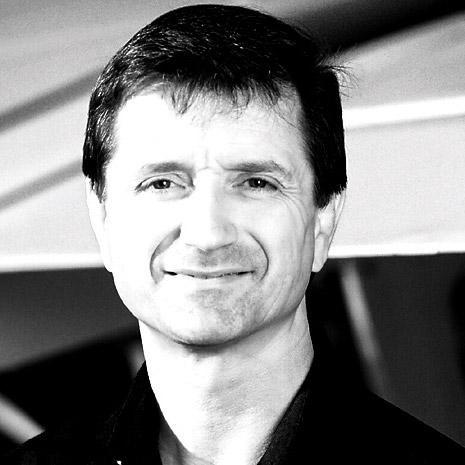Since You Asked: Full stop
Safe and efficient touch and goes
Greetings Richard:
As a practical matter, I see no increased risk in allowing a properly trained instructor and properly trained student to do touch-and-go landings. Then again, over the past 15 years I’ve noticed that more and more flight schools have elected to do full-stop landing practice only. Fine. That’s their choice and we must respect their decision. Unfortunately, this reluctance has produced generations of instructors who are uncomfortable at doing touch-and-go landing practice with students.
Here’s what I suggest you do. Ask your instructor if he’d be willing to do stop and goes on the runway, instead of touch and goes. Sometimes this satisfies an instructor’s safety concerns—as long as the runway has sufficient length, of course. Many instructors seem willing to stop, then go when they’re uncomfortable with a touch and go.
If you’re operating at a tower-controlled airport, then request to be “cleared for the option” during landing practice. This allows you to do a stop and go without needing a specific clearance to do so. Keep in mind that a stop and go is not a stop and “sightsee for a while,” then go. Don’t dawdle on the runway or you’ll test the effectiveness of your controller’s blood pressure medication.
Dear Rod:
I fly an older Cessna 172 and recently took a flight review with a very nice young flight instructor. He noticed that I didn’t use carburetor heat when reducing power for a descent. There were no clouds present so I didn’t feel there was a potential for carburetor-ice formation. We also discussed how to use carburetor heat, including what to do if ice continues to form in the carburetor during cruise flight after carb heat was applied and then removed. He suggested that it’s reasonable to use the minimum amount of carb heat necessary to keep ice from forming. I’ve heard that the use of partial carb heat could cause ice to form farther into the carburetor’s throat, making it impossible to eliminate thereafter—even with full carb heat. Your thoughts?
Paul
Greetings Paul:
Nearly every time I’ve ever held a glass of ice water, I’ve noticed that the glass sweats to some degree, irrespective of whether clouds are present. In other words, water in the air condenses on the cold surface of that glass. The temperature of the glass, however, is typically not as cold as the throat of your engine’s carburetor. Just imagine how much condensation occurs in that area as fuel evaporates and temperatures drop by 70 degrees Fahrenheit or more in the carburetor’s throat. This is why you can get carburetor ice at nearly any environmental temperature, whether or not clouds are present.
Your instructor is correct in asking you to apply carb heat as a preventive—anti icing—measure when reducing power. Of course, most Cessna 172 pilot’s operating handbooks give you the option of using carb heat only when ice is detected. My preference is always to use it as a preventive measure at lower power settings.
Your instructor is also correct in recommending that you use the minimum amount of carb heat necessary during cruise flight to keep continuously occurring carburetor ice from forming. In fact, Lycoming says that you can use full carb heat if you’d like to prevent carb ice from forming. In this instance, you must also lean the mixture to compensate for the slightly richer mixture resulting from continuous carb heat application.
Finally, the correct method of applying carb heat is to apply “full throttle and carb heat,” in that order. Look at your POH’s recommendation and you’ll most likely see that this is what it says. Applying full throttle increases airflow through the carburetor, generating more power, thus producing more carb heat to melt that ice. It’s entirely possible that applying carb heat first, or applying only carb heat without moving the throttle forward, might cause your engine to quit.
It sounds to me as if you have a very wise instructor. Don’t let him get away.



